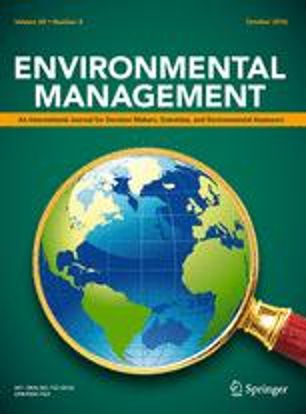Protecting important sites is a key strategy for halting the loss of biodiversity. However, our understanding of the relationship between management inputs and biodiversity outcomes in protected areas (PAs) remains weak. Here, we examine biodiversity outcomes using species population trends in PAs derived from the Living Planet Database in relation to management data derived from the Management Effectiveness Tracking Tool (METT) database for 217 population time-series from 73 PAs. We found a positive relationship between our METT-based scores for Capacity and Resources and changes in vertebrate abundance, consistent with the hypothesis that PAs require adequate resourcing to halt biodiversity loss. Additionally, PA age was negatively correlated with trends for the mammal subsets and PA size negatively correlated with population trends in the global subset. Our study highlights the paucity of appropriate data for rigorous testing of the role of management in maintaining species populations across multiple sites, and describes ways to improve our understanding of PA performance.
Download:
DOI:
https://doi.org/10.1111/conl.12434
Altmetric score:
Dimensions Citation Count:

























